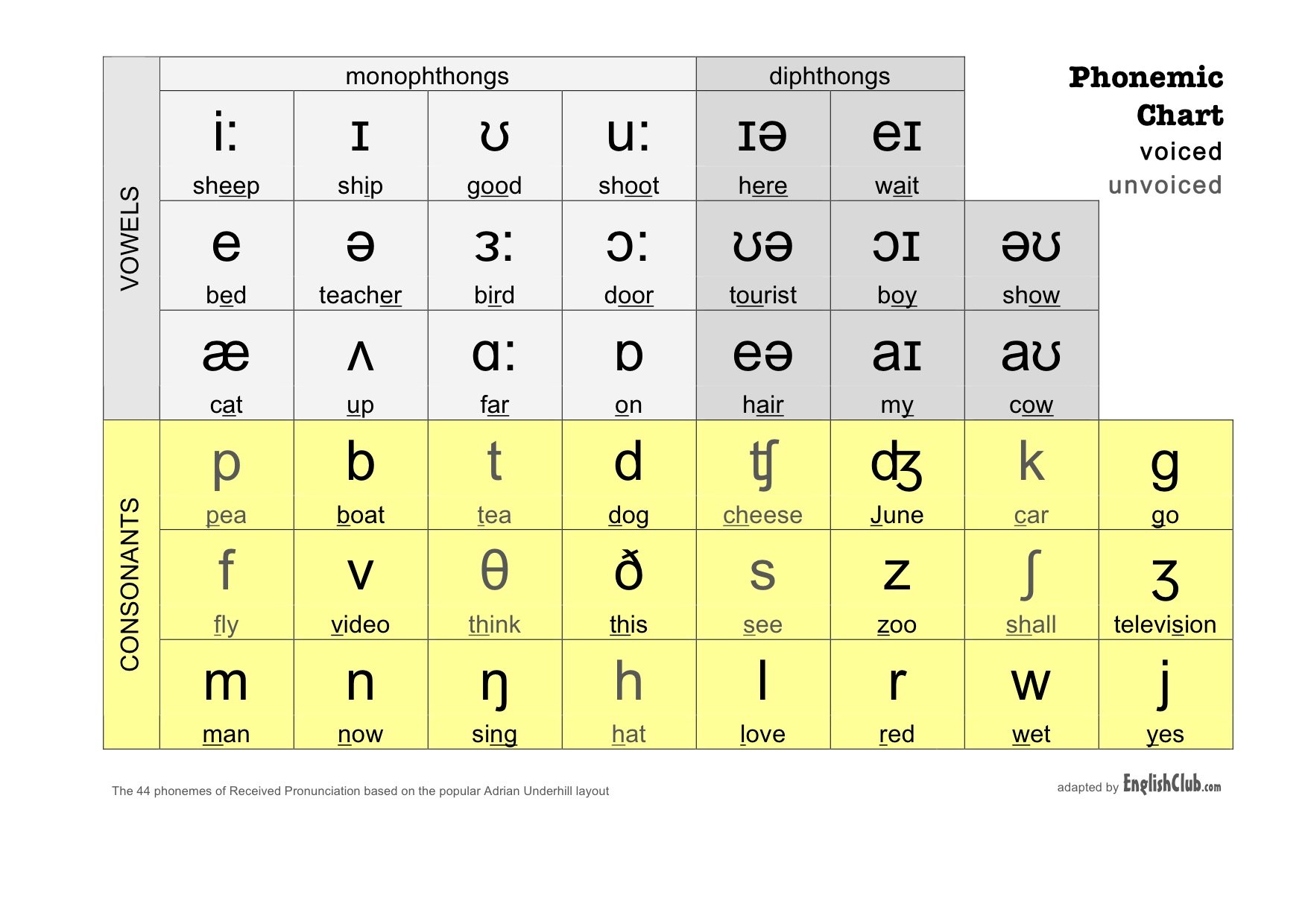
Warm up
—- * * FOR NEW STUDENTS ** ————————————— ————
- What industry do you work in and what is your role?
- What are your responses in your role / position?
- Can you describe to the function of your workplace / company?
- How many departments, how many offices. National or International?
- What are the minimum requirements for employment ie Education or Experience?
- How many opportunities are there to ‘move up the ladder’?
- What is the process for changing job roles ie Interview? Test?
————————————————– —— ——————————————– ——- —
General discussion about your workweek:
- Current projects? Deadlines? Opportunities?
- Anything of interest happening?
————————————————– —— ——————————————– ——–
Script
1. Three of the UK’s largest banks recently announced plans to accelerate their remote work arrangements and reduce their real estate footprint. What are they up to, and what can you learn from that?

KEY FACTS
2. Specifically, HSBC plans to cut its global real estate footprint by 40% over the next several years. It claims “our people could be just as productive working from home as in the office.” Lloyds Bank intends to cut office space by 20% by 2023, citing the pandemic as having “accelerated trends in employee expectations.” Standard Chartered announced late last year that it plans to offer flexible work plans to 90% of global staff – also by 2023.
3. What is going on here? It looks like a “perfect storm,” where four forces – the coronavirus, major city real estate prices, commuter overheads (in cost and time) and technological innovation – have come together. The combination of all four has promoted an assault on office space and career arrangements for many. Yet, unlike the situation of the fishing boat at the heart of the perfect storm metaphor, the lesson is not to expect the fishing to return to normal. It is to anticipate a different and ever-changing career seascape.
4. What does fit with the situation of the fishing boat is that both the UK banks and the boat depend on teamwork. How can you think about the kind of teamwork required in service industries like banking, when some or all team members work from home? How can you be a good team player, as either a leader or a contributor to team performance? I reached out to Yale University professor Amy Wrzesniewski, who teaches about Leading Global Virtual Teams, for her thoughts.
5. Michael Arthur: What’s different about virtual teams?
Amy Wrzesniewski: The old assumption about teams was that they were co-located in physical space on site, and stayed in close proximity to one another throughout the working day. However, I was involved in one early experiment with a West Coast technology organization that sought to have 10% of its employees work from home. One thing we observed was that many people who worked from home had made deliberate choices to do that, and not to seek further promotion. Another observation was that the work-from-home group were ascribed lower status by the on-site group. Also, the on-site group had a greater opportunity for trust-building.
6. Arthur: Do you always need trust?
Wrzesniewski: Trust can come more naturally between people in the same physical space. Also, since we’ve been working from home I’ve been shocked at the number of conversations I’ve had with people where they’ve said “Oh, I wish I would have called you sooner. I didn’t realize the difference a conversation could have made.” Things that became 20 emails could have taken two minutes on the phone. I think it is a big switch for people, and it contributes to the number of missed opportunities and misunderstandings.
7. Trust is more important in some situations than in others. For many virtual work roles, people can work independently. For example, customer service representative tasks can be scripted and signposted beforehand. The organization can use basic metrics to measure individual productivity, and trigger customer feedback requests about the service they received. Leaders can also circulate aggregate statistics and accompanying encouragement to nurture a sense of belonging across the team. In many cases leaders can also encourage remote workers to identify with the goals of the organization.
8. Arthur: Going back to the problems of having a small percentage of workers at home, would one solution be to increase that percentage?
Wrzesniewski: Yes, but that raises a question about the distinction between synchronous and asynchronous working. In pure form, synchronous work is done within a team, with everyone present. In contrast asynchronous work is done alone, but can be shared with a team later.
9. At Yale we run an exercise with two offices to illustrate the tradeoffs. We establish two teams in different locations with separate sets of responsibilities for completing a project. They are allowed to communicate in various ways, but there are costs involved. Some teams proudly turn in their work and take pride in being on time and under budget. In the debrief they realize they didn’t understand what the other team was needing, or what would have been optimal for the project as a whole. My point is that, in a virtual context, we need to see communication as an investment and not as a cost.

Historical building and Yale university campus in downtown New Haven CT, USA GETTY
Discussion
1. Does your company reduce the real estate footprint? Are you as productive working from home as in the office?
2.
What do you think about the teamwork required in your company?
Phonetic Chart



